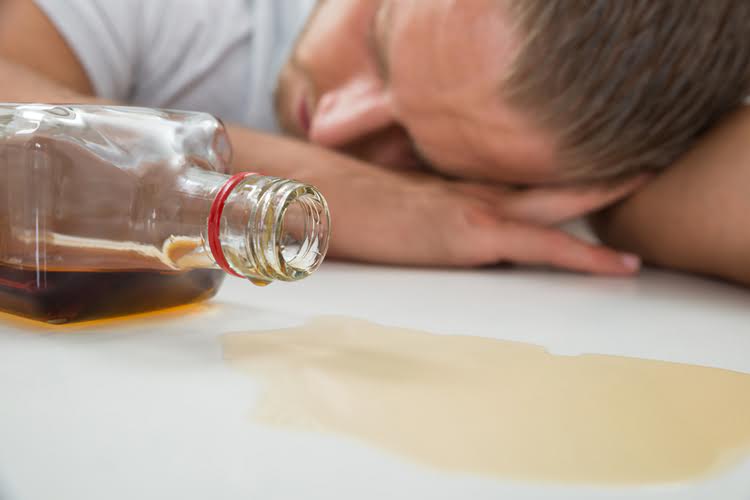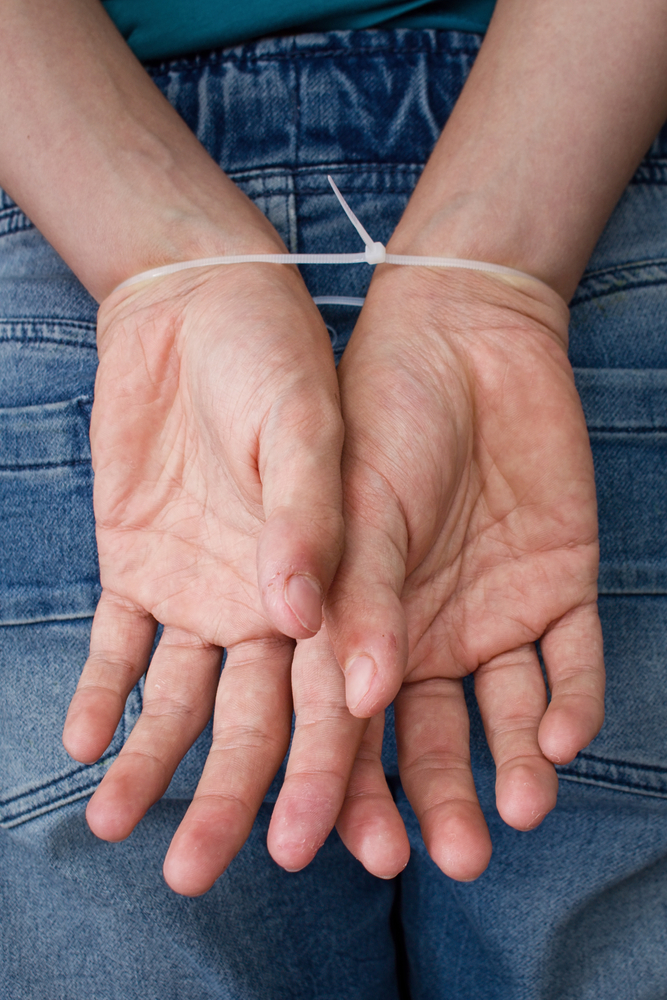Over 40 research groups conduct basic neuroscience research and clinical investigations of mental illnesses, brain function, and behavior at the NIH campus in Bethesda, Maryland. The AUDIT (Babor, Higgins-Biddle, Saunders, & Monteiro, 2001; Bohn, Babor, & Kranzler, 1995) was used to assess hazardous drinking for the purpose of sample description. The AUDIT is a well-established 10-item screening measure with excellent psychometric properties (Babor et al., 2001; Donovan, Kivlahan, Doyle, Longabaugh, & Greenfield, 2006). A cut-score of 8 or higher indicates potential hazardous alcohol use (Babor et al., 2001).

Clinical implications
- Thus, the inclusion of lagged residuals allow for the estimation of lagged within-person effects, and the inclusion of estimated person-level intercepts, linear, and quadratic slopes allow for the estimation of between-person effects.
- The U.S. Food and Drug Administration (FDA) has approved two selective serotonin reuptake inhibitors (SSRIs), a type of antidepressant medication, for the treatment of PTSD.
- Consider activities like organising a drawer, giving your home a quick clean, enjoying a refreshing shower, taking a brisk walk, planning your meals, or engaging in physical somatic movement (dance around the kitchen, go for a run, do some exercise).
Each random prompt assessed number of standard drinks consumed in the past 30 minutes on a 7-point scale (0 to 6 or more drinks). The total number of drinks across all assessments was the drinking variable. In the preliminary analysis, an exposure variable equal to the number of completed assessments accounts for individual differences in response rates. Previous research supports the validity of the sampling protocol against a gold standard of transdermal alcohol monitoring (Simons, Wills, Emery, & Marks, 2015). At an average of 30.0 years of age (SD 10.2), female participants were significantly younger than their male counterparts at 36.2 years of age (SD 9.9).
Study setting and participants
Furthermore, the modeling approach accounted for the non-normality present in many of the variables using the negative binomial distribution. Although the study design and analysis had many strengths, the study is not without limitations. Women were slightly overrepresented relative to the proportion of OIF/OEF/OND veterans nationally (11.6%; Department of Veterans Affairs, 2017). Nonetheless, the sample https://maskahair.ru/maska-iz-aktivirovannogo-uglja-i-zhelatina-recept/ was predominantly men and hence the pattern of results may not optimally reflect the experience of women veterans. Neither PTSD nor AUD were required for participation and hence the sample exhibited a broad range of functioning at baseline. Such variation makes these analyses less amenable to examine systematic change over time in respect to improvement or worsening of symptoms in the sample as a whole.
Traumatic experience and post-traumatic symptoms
Data from the Department of Veterans Affairs indicates that as many as 63 percent of veterans diagnosed with alcohol use or other substance use disorder also meet the diagnostic criteria for PTSD. While PTSD does not result solely from trauma experienced with military duty, PTSD and alcohol abuse in veterans are occurring at higher rates than in the general https://tutkryto.info/on-my-thoughts-explained/ population. Seeking treatment for a substance use disorder and PTSD have increased at least 300 percent in recent years. Some people with PTSD, such as those in abusive relationships, may be living through ongoing trauma. In these cases, treatment is usually most effective when it addresses both the traumatic situation and the symptoms of PTSD.
Availability of data and materials
- We identified positive associations between inflammatory cytokines and lifetime MD, but not recent symptoms of depression, in the AUD sample [20].
- When you have this condition, it’s very hard to control your use of substances.
- Other research has linked emotion dysregulation to alcohol-related consequences (Dvorak et al., 2014; Magar, Phillips, & Hosie, 2008).
- Studies report increases in veteran alcohol use after sexual abuse and/or sexual assault endured in combat.
- The higher levels of PTSS symptoms reported by participants at the FL site is consistent with this and supports the criterion validity of the sampling protocol.
- These findings are somewhat consistent with the present findings, indicating that individuals with poor coping skills may be led to use alcohol in the face of difficulties with hyperarousal or goal-achievement.
Eleven patients (6%) satisfied the defined criteria for complex trauma PTSD. Given that PTSD may contribute to worse emotion dysregulation and that emotion dysregulation may contribute to substance misuse, we aimed to explore the role of emotion dysregulation as a mechanism explaining the relationship between PTSD and alcohol misuse. As psychopathology has been shown to be a risk factor for emotion dysregulation, individuals with PTSD may demonstrate poorer emotion regulation (Gross & Munoz, 1995). This emotion dysregulation may cause these individuals to misuse alcohol to alleviate negative emotionality.
- Research shows that memory consolidation remains somewhat intact even up to a blood alcohol content of 0.08 percent — the legal limit.
- The NIMH Strategic Plan for Research is a broad roadmap for the Institute’s research priorities over the next five years.
- Embarking on a journey to cut down or go alcohol-free is a significant step towards a healthier, happier life.
- Once those memories get locked in, even if they contain inaccurate details, they will remain that way.
This included the anxiety and substance use disorder modules, which were used to assess PTSD and AUD for sample description. Patients satisfying either alcohol abuse and/or alcohol dependence criteria are together defined as having an alcohol use disorder. For elucidation of drinking pattern, we also used the Alcohol Use Disorder Identification Test (AUDIT) [43]. AUDIT is a 10-item questionnaire developed by the World Health Organization to easily screen for excessive drinking and to assist in brief interventions for alcohol-related problems [44]. This instrument has demonstrated reliability and validity in a similar setting to this study [45].
How can I find a clinical trial for PTSD?
Steps for analysis were followed according to the manufacturer’s instructions. “The right prefrontal cortex is known to be involved in stopping actions, so we did a study a number of years ago to look to look at its ability to stop memory retrieval,” Anderson said. The prefrontal cortex stopped the ability to retrieve a memory by sending signals into the hippocampus and reducing its activity. Motivated forgetting may explain why some people develop PTSD after a horrific event while others don’t.

National Institute on Alcohol Abuse and Alcoholism (NIAAA)
Burst 1 was 2 weeks, burst 4 was 3 weeks, and bursts 2, 3, 5, 6 and 7 were 1 week in length. The two longer bursts were included to increase the number of consecutive days for analysis of lagged effects. The bursts were separated by approximately http://www.thailande.ru/blogs/copharmq/sshit-shljapu-svoimi-rukami-vykroika.html 3 months and research staff contacted participants to schedule the appointments. The experience sampling assessments used here included a self-initiated morning assessment that was to be completed between waking and 10 a.m.
